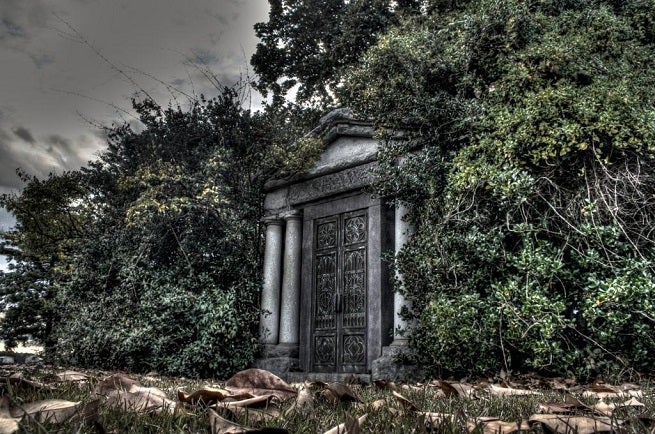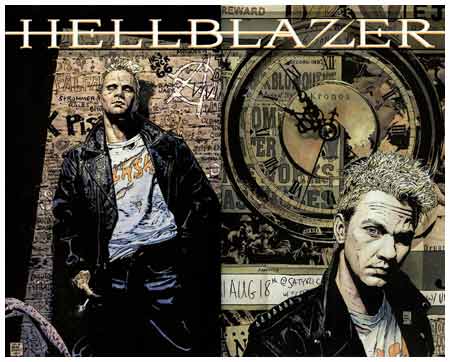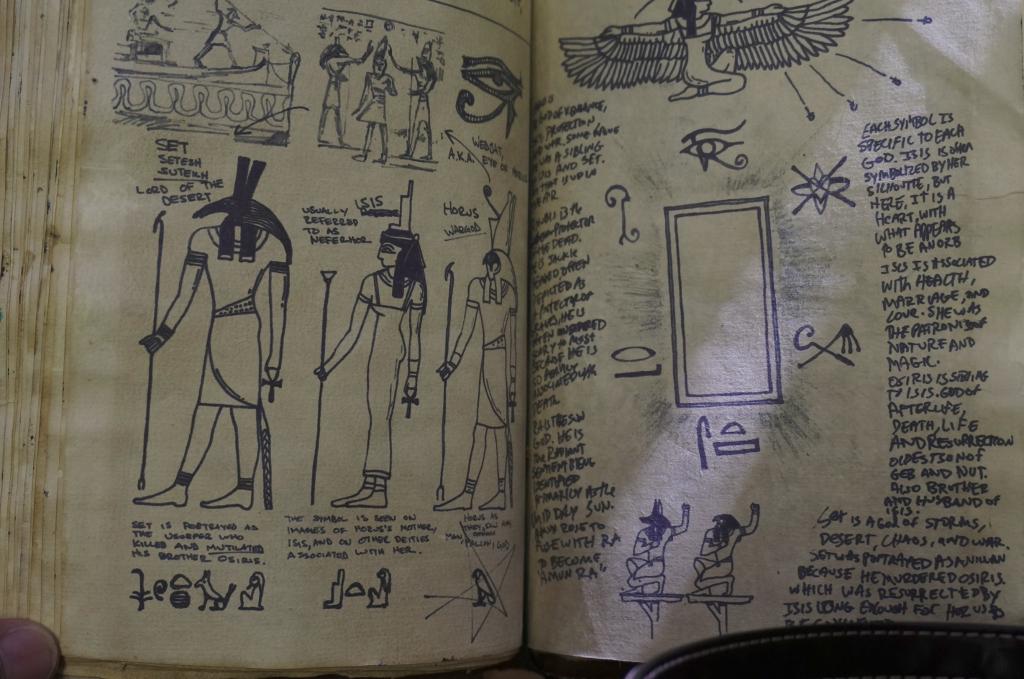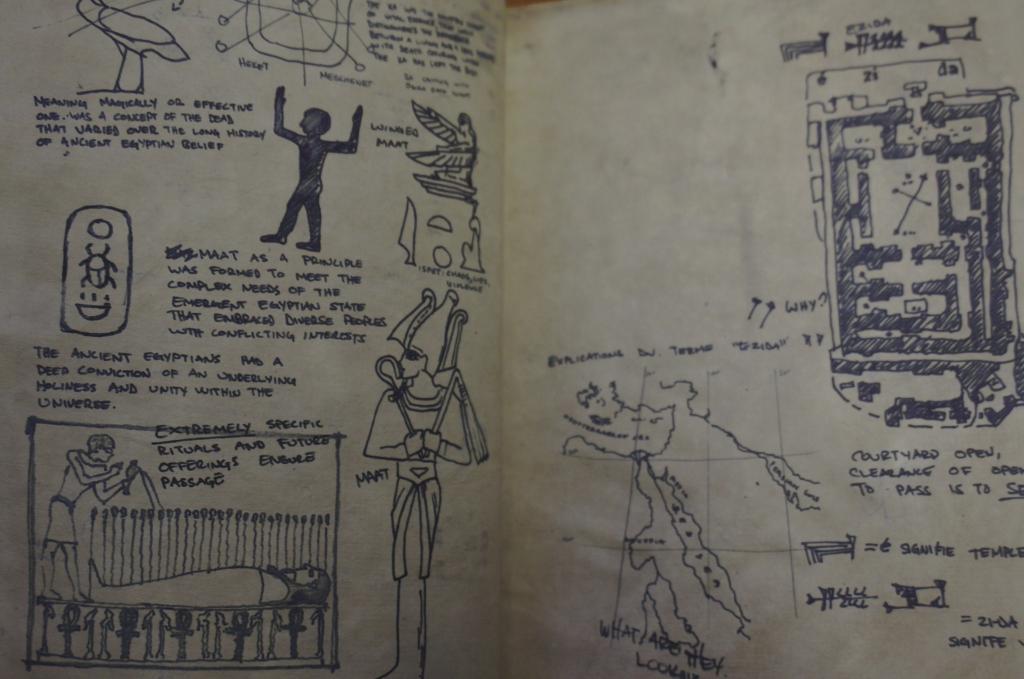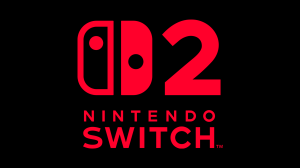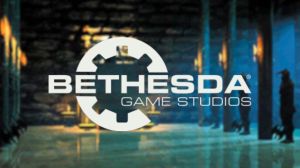We got a look at it this week, and it’s really rather beautiful. Meanwhile, though, we were keeping our eyes peeled for Easter eggs.
Videos by ComicBook.com
And we found a few — not many. But here we go, and let us know what we missed!
Shaw
I can’t tell for sure whether set designer David Blass was kidding or not, so it’s worth a mention: while the crypt pictured above is presumably the Shaw family crypt (the surname of the villain for this episode), Blass joked (?) that the name was a wink-and-a-nod to hockey player Andrew Shaw of the Chicago Blackhawks.
The Singularity
The idea of a merging of man and machine is central to Ritchie’s story in the comics. While he was hacking the Resurrection Crusade, he was apparently killed, but in fact his consciousness was transferred into a computer.
Ultimately, he was dragged into hell to become a demon instead.
Gaz’s ghost
Here, it’s a view into the past that John is drinking with, not technically a ghost, but in the comics, he’s often followed around by the ghosts of his friends who died in his company, including Gary Lester and Anne Marie.
Ivy University
As we’ve discussed before, this fictional DC Universe college is where Ray “The Atom” Palmer teaches.
On the Ivy University campus, there’s a hall named after famed Hellblazer cover artist Tim Bradstreet.
Mucous Membrane
You can see Mucous Membrane memorabilia — photos, a record and a t-shirt — in Ritchie’s office, a callback to their time together before the Newcastle incident when John was in the punk band.
Just because characters like Blue Beetle and Hawkman have connections to ancient Egyptian lore, doesn’t mean references in the props to Egyptian lore are inherently DC Comics references.
That said, we do have Set — an ancient deity who has been personified as a DC character — as well as Isis (Black Adam’s wife), Maat, a winged goddess whom some have suggested Hawkgirl could be thematically tied to, and a scarab (which some fans will inevitably link to Blue Beetle, so we might as well say it out loud).
It’s probably worth noting that a cursory look at their respective domains as deities would make it appear that Set and Maat are essentially one another’s opposites, with Set representing chaos and Maat order, etc.
Yes, I originally wrote that he was Anubis. Sue me. It’s really late here.
There are also some items in these drawings that are familiar if you’ve been watching the backgrounds closely in the Mill House.

